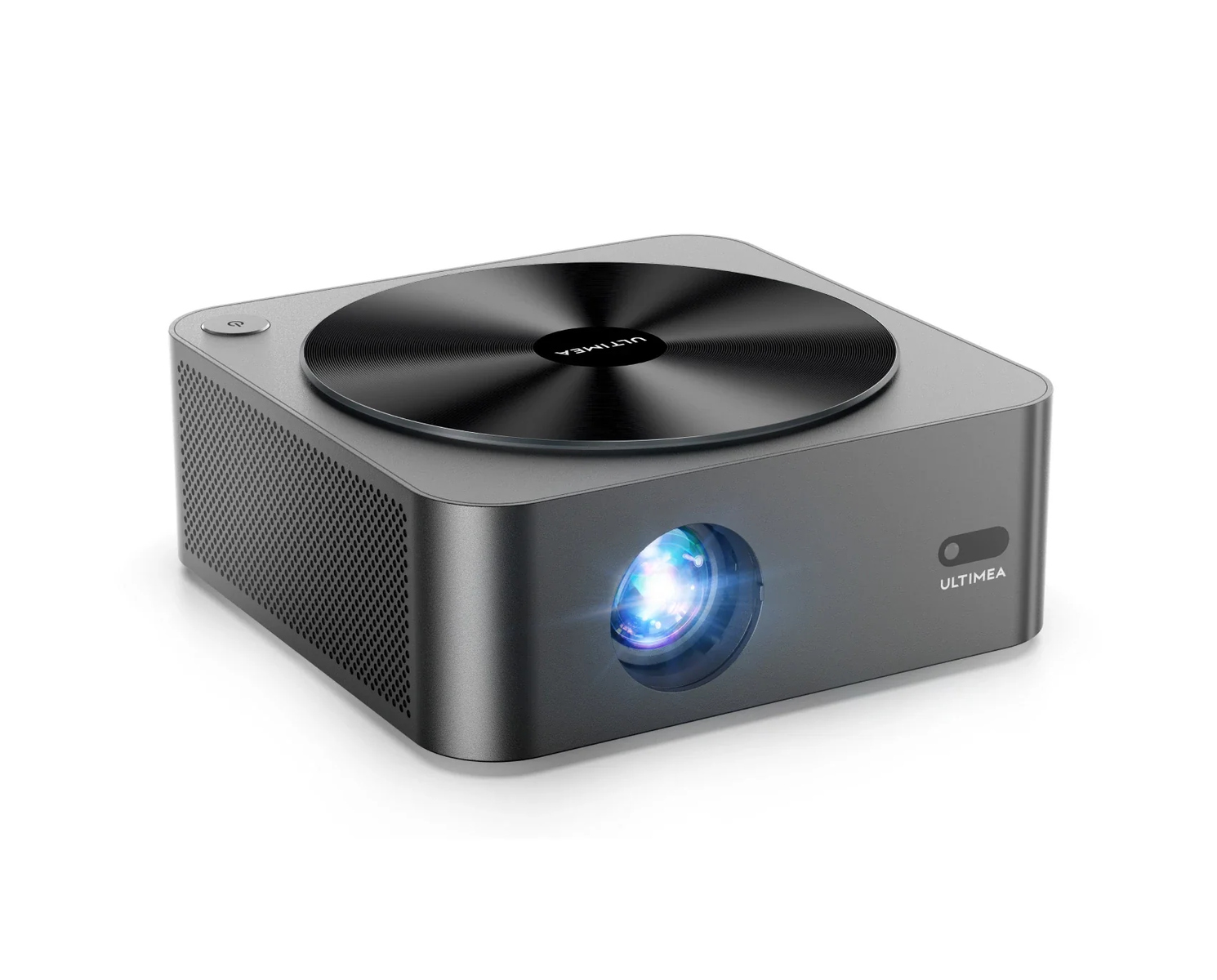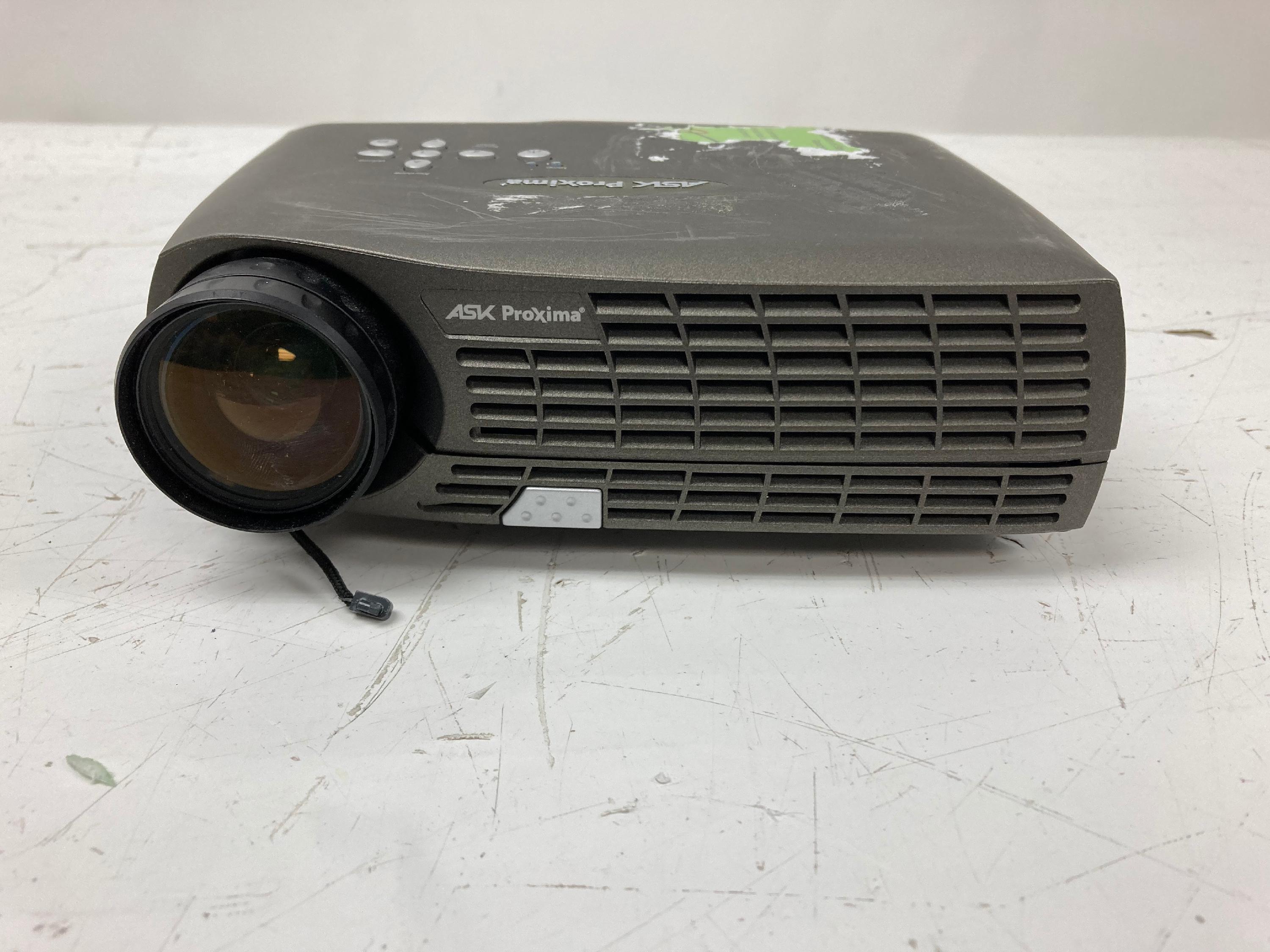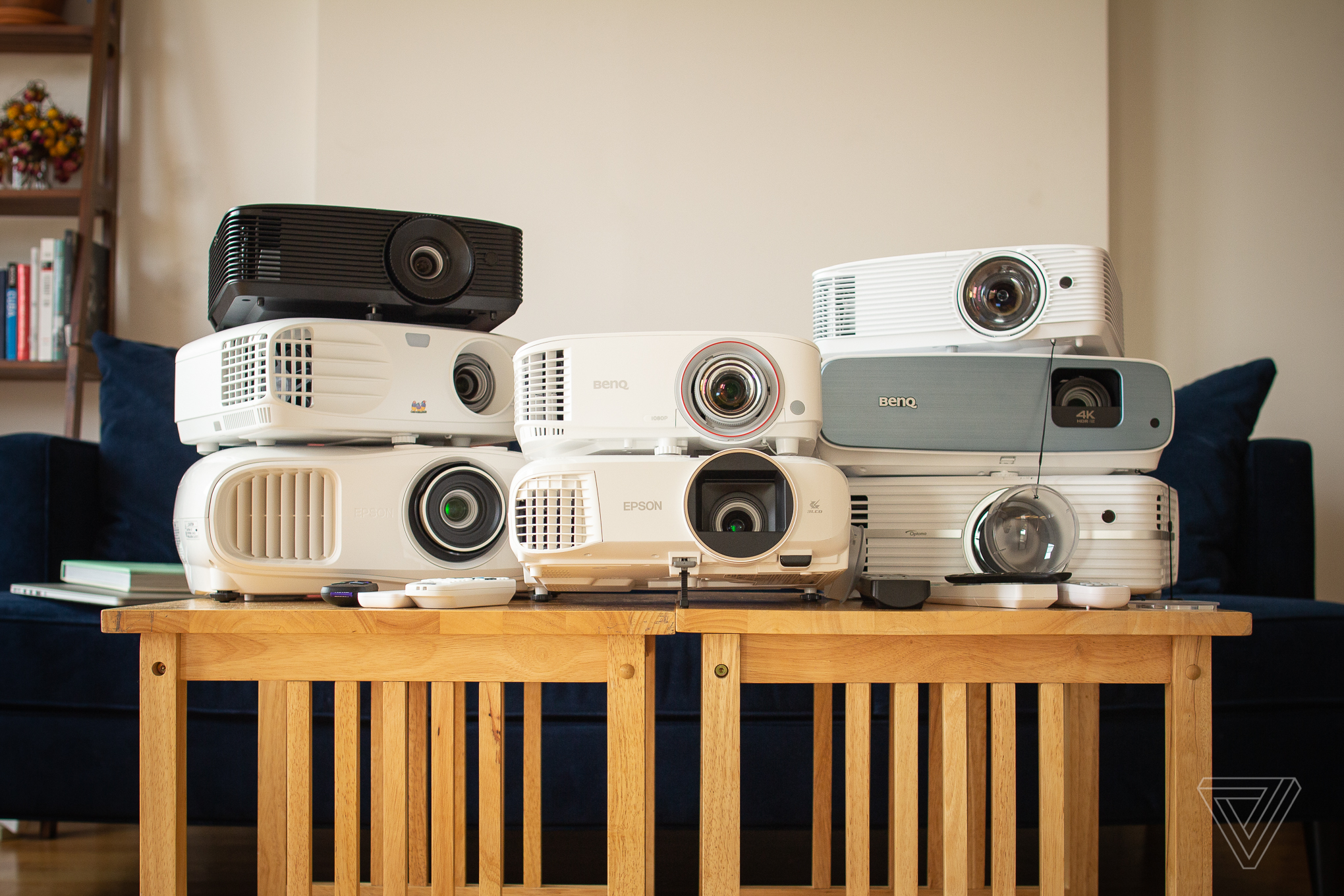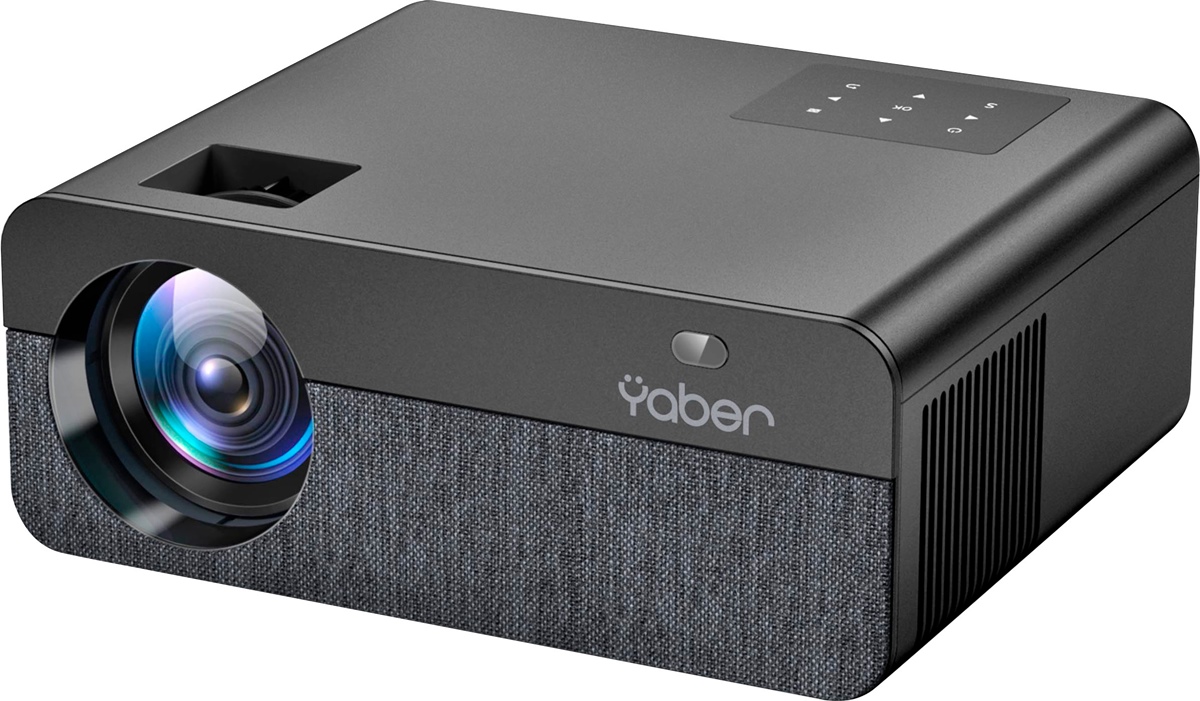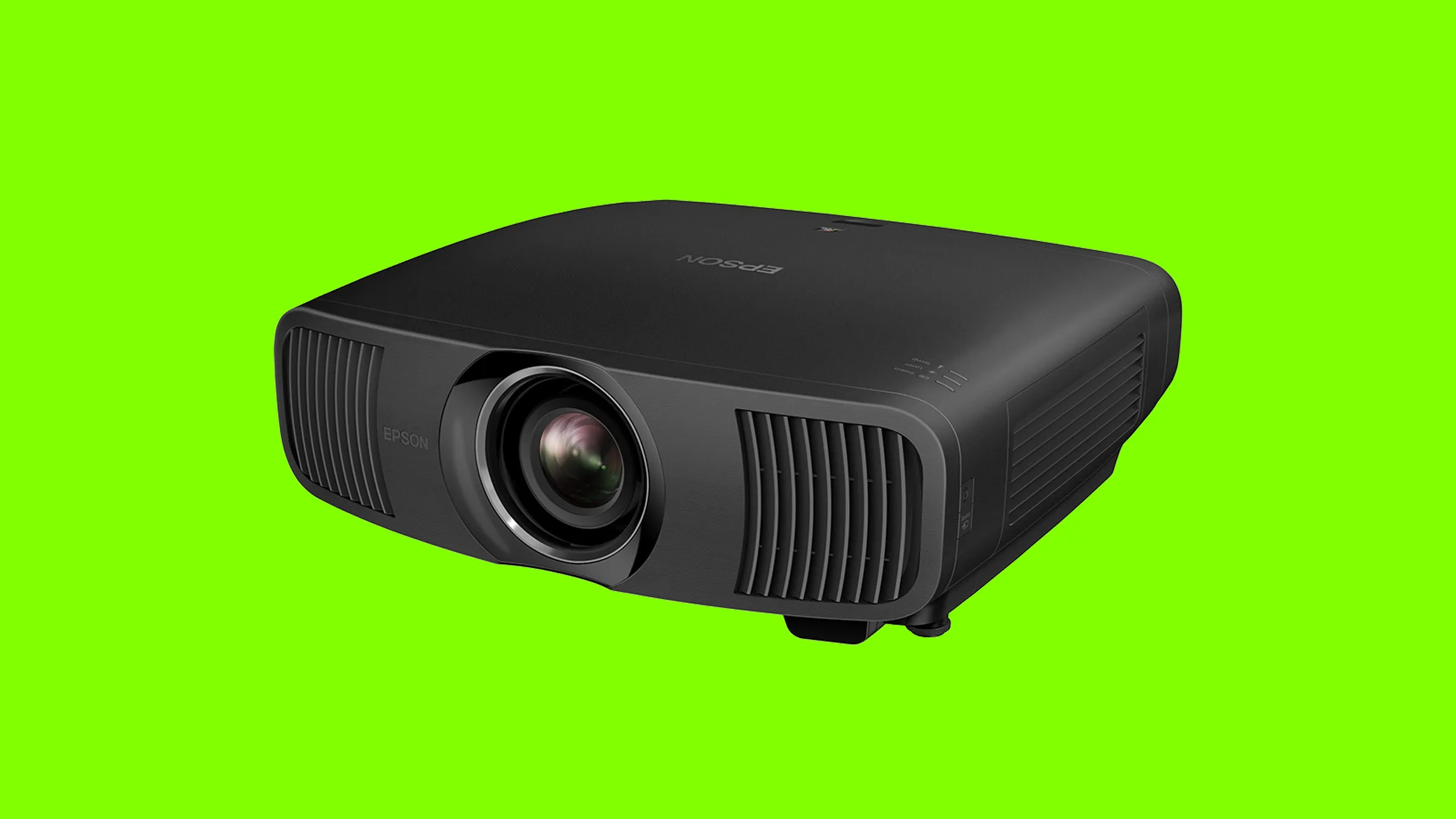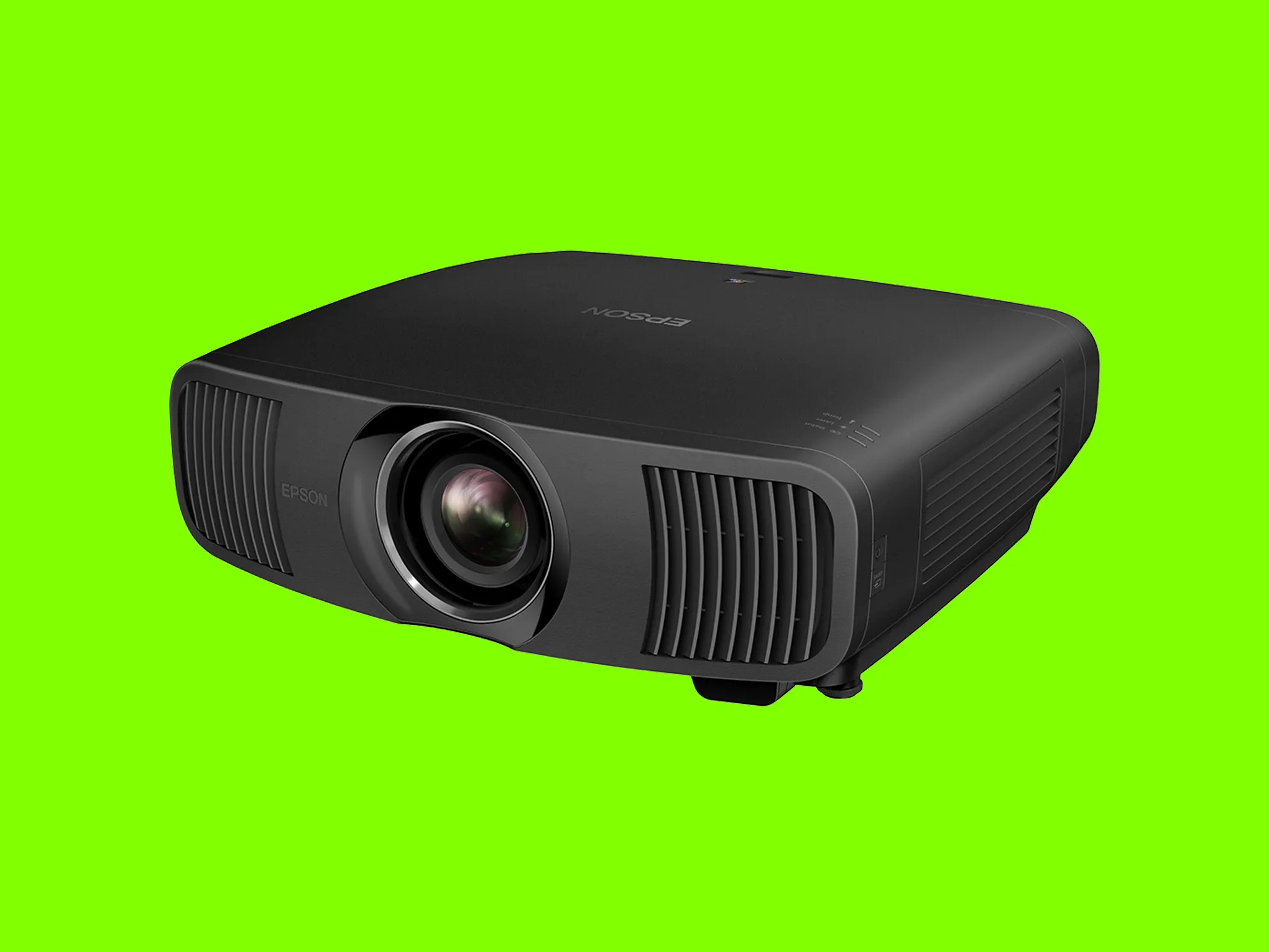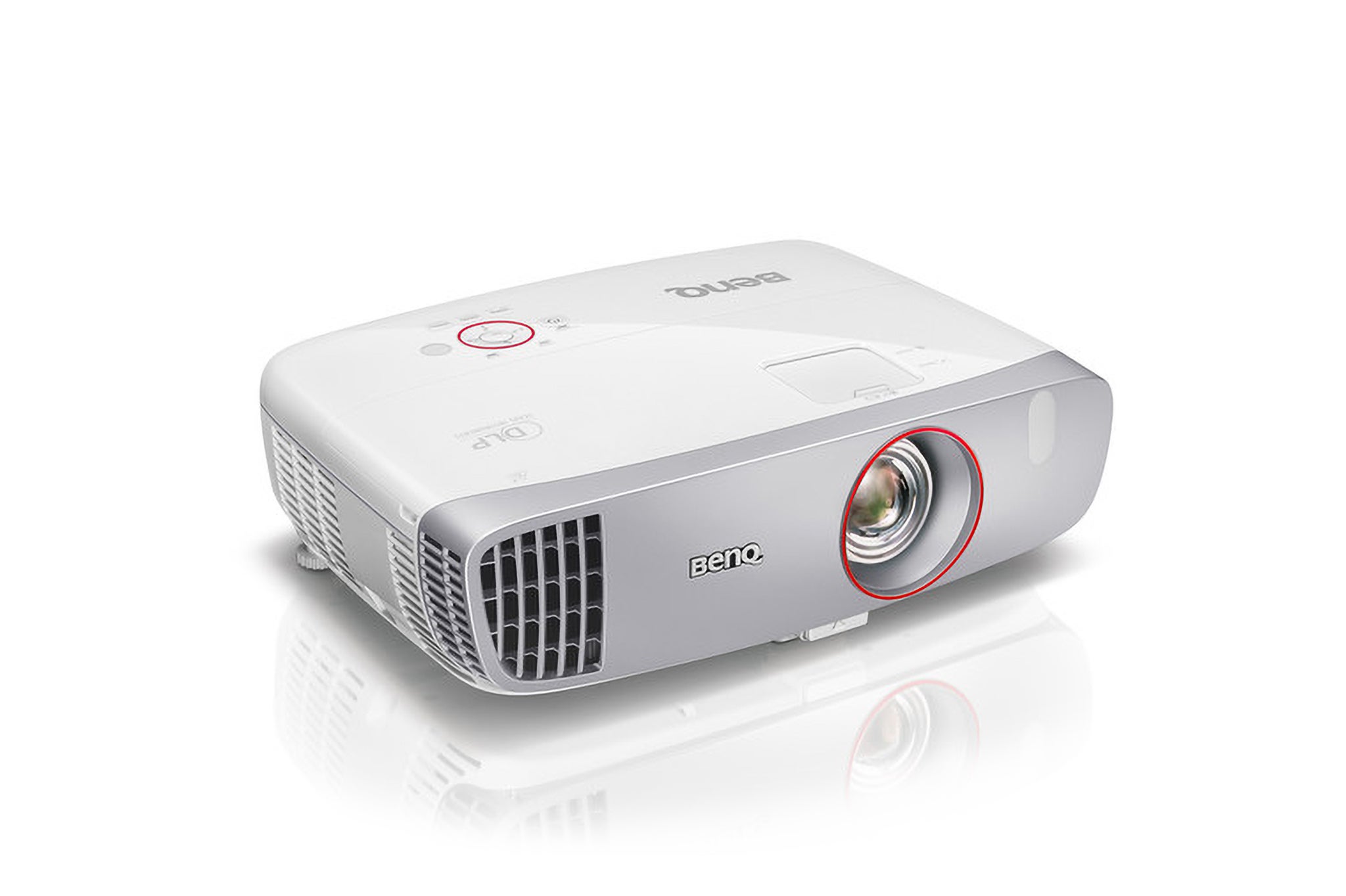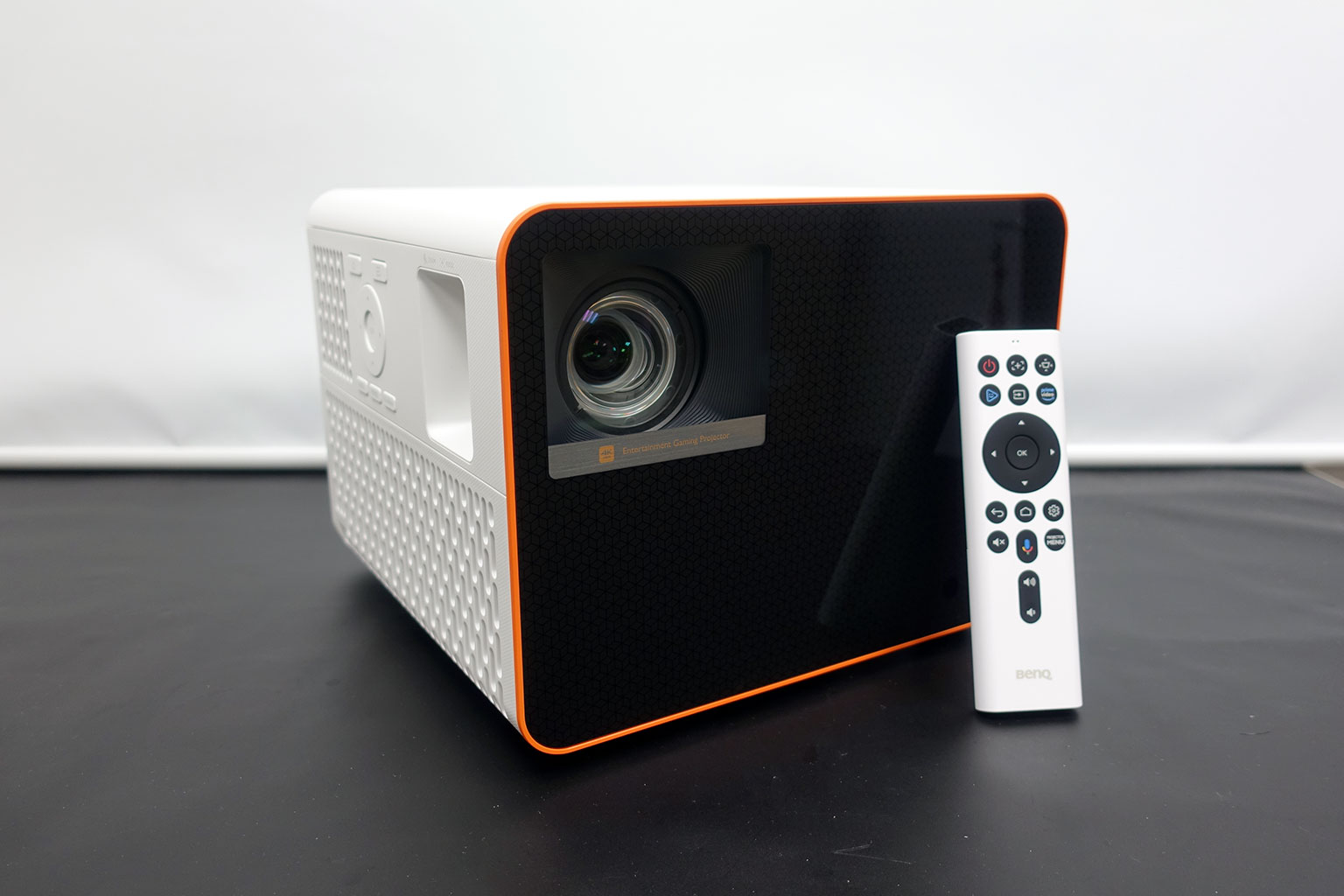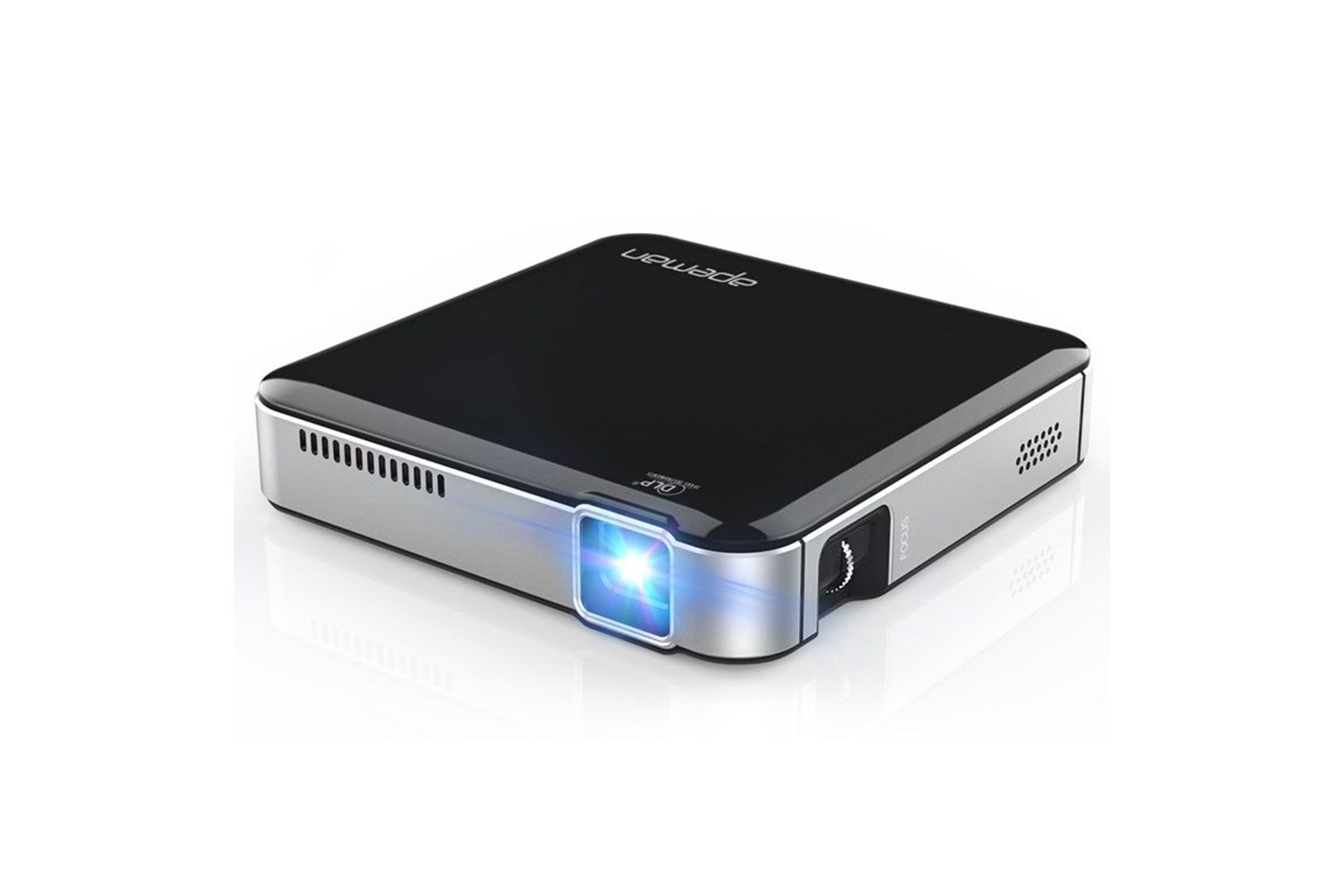Introduction
Welcome to the world of projectors! Whether you are setting up a home theater or a professional presentation space, understanding the concept of native resolution is crucial for ensuring optimal image quality. The native resolution of a projector refers to the number of pixels it can display horizontally and vertically. It plays a significant role in defining the clarity, detail, and overall visual experience offered by your projector.
If you are new to the realm of projectors, navigating through technical jargon and specifications can be overwhelming. Don’t worry! This article aims to demystify the concept of native resolution and provide you with the necessary knowledge to make informed decisions when selecting a projector for your specific needs. We will delve into why native resolution is important, its impact on image quality, understanding the relationship between native resolution and aspect ratio, and factors to consider when choosing the right native resolution for your projector.
So, let’s dive in and discover the world of native resolution and its significance in enhancing your projector experience.
What is Native Resolution?
In simple terms, native resolution refers to the inherent resolution capability of a projector. It is the actual number of pixels that the projector’s display chip or imaging device contains. The resolution is usually expressed in terms of width x height, such as 1920 x 1080 or 1280 x 800.
The native resolution determines the projector’s ability to display images with clarity and sharpness. If the input signal matches the projector’s native resolution, the resulting image will be displayed pixel-for-pixel with no distortion or loss of detail. However, if the input signal is of a different resolution, the projector will need to upscale or downscale the image to fit its native resolution, which may result in a slight reduction in image quality.
It’s important to note that the native resolution is a fixed specification and cannot be altered or improved. Some common native resolutions include 800 x 600 (SVGA), 1280 x 800 (WXGA), 1920 x 1080 (Full HD/1080p), and 3840 x 2160 (4K UHD).
Understanding the native resolution of a projector is crucial because it determines the level of detail and sharpness you can expect in your projected images. Higher native resolutions generally offer more detailed and lifelike visuals, while lower resolutions may result in pixelation and reduced clarity.
Next, let’s explore why native resolution plays a vital role in determining the overall image quality of a projector.
Why is Native Resolution Important?
The native resolution of a projector is a critical factor in determining the overall image quality and clarity of the displayed content. Here’s why native resolution is important:
1. Image Clarity: The native resolution defines the level of detail and sharpness that can be displayed on the screen. A higher native resolution means more pixels are available to render images, resulting in sharper and more defined visuals. On the other hand, a lower native resolution may lead to pixelation and a loss of fine details.
2. Aspect Ratio Compatibility: Each native resolution is designed to have a specific aspect ratio, such as 4:3 or 16:9. The aspect ratio refers to the proportion of width to height in an image. When the native resolution aligns with the desired aspect ratio, the projected image will fit perfectly on the screen without distortion or cropping.
3. Compatibility with Content Sources: Various content sources, such as Blu-ray players, gaming consoles, and streaming devices, produce output signals at specific resolutions. For optimum image quality, it is ideal to match the native resolution of your projector with the native resolution of the content source. This ensures that the images are displayed without any upscaling or downscaling, preserving the original quality.
4. Future-proofing: Investing in a projector with a higher native resolution can be a smart choice for future-proofing your setup. As technology advances and content sources increasingly adopt higher resolutions, a projector with a higher native resolution will be able to provide better compatibility and deliver exceptional image quality for years to come.
5. Viewing Distance: The native resolution of a projector also determines the optimal viewing distance for experiencing the highest level of detail. Higher native resolutions are more suitable for larger projection sizes or closer viewing distances, as they offer better image clarity and prevent visible pixelation when viewed up close.
Understanding the importance of native resolution helps you make informed decisions when choosing a projector that best suits your needs and preferences. Next, let’s explore some common native resolutions for projectors.
Common Native Resolutions for Projectors
Projectors come in a variety of native resolutions, each offering its own unique capabilities and suitability for different applications. Some of the most common native resolutions for projectors include:
1. SVGA (800 x 600): This is the basic native resolution often found in entry-level projectors. It is suitable for simple presentations, basic videos, and everyday use. However, it may lack the level of detail and clarity required for high-definition content.
2. XGA (1024 x 768): This native resolution offers an upgrade from SVGA, providing slightly better image quality and more detailed visuals. XGA projectors are commonly used in classrooms, small conference rooms, and for general multimedia purposes.
3. WXGA (1280 x 800): WXGA native resolution is popular among projectors designed for widescreen presentations and video content. It offers a wider aspect ratio, making it suitable for displaying HD and widescreen content. WXGA projectors are commonly used in classrooms, offices, and entertainment applications.
4. 1080p (1920 x 1080): Also known as Full HD, 1080p native resolution provides excellent image quality and is ideal for home theaters and professional presentations. It allows for detailed and immersive viewing experiences, especially when paired with high-definition content sources.
5. WUXGA (1920 x 1200): WUXGA provides a higher resolution and allows for a more detailed and expansive display of content. It is often favored by professionals in fields such as graphic design, architecture, and photography, as well as for high-quality multimedia presentations.
6. 4K UHD (3840 x 2160): 4K UHD projectors offer the highest level of resolution and image clarity available to consumers. With four times the number of pixels compared to 1080p, they deliver incredibly sharp and lifelike visuals. 4K UHD projectors are popular for high-end home theaters, gaming, and professional use.
These are just a few examples of the common native resolutions for projectors. Understanding the different resolutions can help you choose the right projector that meets your specific requirements. Next, let’s explore how the native resolution of a projector affects the overall image quality.
How Native Resolution Affects Image Quality
The native resolution of a projector has a direct impact on the image quality it can produce. Here’s how the native resolution affects the overall image quality:
1. Clarity and Detail: The native resolution determines the number of pixels available to display an image. Higher native resolutions, such as 1080p or 4K UHD, have more pixels, resulting in sharper and more detailed visuals. On the other hand, lower native resolutions may lack the necessary pixel density, leading to a loss of detail and potential pixelation.
2. Pixel Density: Higher native resolutions pack more pixels into the same screen area, resulting in higher pixel density. This means that each pixel is smaller and closer together, making the image appear smoother and more seamless. Lower native resolutions with larger pixels may show visible pixilation, especially when viewed up close.
3. Contrast and Color Reproduction: A higher native resolution allows for better contrast and color reproduction capabilities. It enables the projector to display a wider range of colors and shades, creating a more vibrant and lifelike visual experience. Lower native resolutions may struggle to accurately reproduce colors and subtle gradients.
4. Compatibility with Content: Matching the native resolution of the projector to the content being displayed is essential for optimal image quality. If the content has a higher resolution than the native resolution, the projector will need to downscale the image, potentially resulting in a loss of detail. Conversely, if the content has a lower resolution, upscaling it to fit the native resolution may lead to a softer or pixelated appearance.
5. Viewing Distance and Projection Size: The native resolution also plays a role in determining the ideal viewing distance and projection size for optimal image quality. Higher native resolutions are better suited for larger screens or closer viewing distances, as they can maintain clarity and sharpness. Lower native resolutions may have limitations in terms of screen size and viewing distance to maintain acceptable image quality.
Understanding how native resolution affects image quality helps in selecting the right projector for your needs. However, it is also important to understand the relationship between native resolution and aspect ratio, which we’ll explore in the next section.
Understanding the Relationship Between Native Resolution and Aspect Ratio
When discussing projectors, it is essential to understand the relationship between native resolution and aspect ratio. Aspect ratio refers to the proportion of width to height in an image or screen. Common aspect ratios include 4:3 (standard), 16:9 (widescreen), and 21:9 (ultra-wide). The native resolution of a projector is designed to have a specific aspect ratio, and it is important to consider this relationship to ensure the best image quality and compatibility.
Generally, projectors have a native resolution that aligns with a specific aspect ratio. For example, a native resolution of 1920 x 1080 (1080p) has an aspect ratio of 16:9, which is suitable for displaying widescreen content. If the aspect ratio of the content being displayed matches the projector’s native aspect ratio, the image will be displayed without any distortion or cropping.
However, if the aspect ratio of the content differs from the native aspect ratio, the projector will need to either stretch or crop the image to fit the screen. This can result in a loss of image quality or the inclusion of black bars on the top and bottom or sides of the image, depending on the content and projector settings.
It’s important to note that while some projectors may offer aspect ratio adjustments or scaling options, these features may introduce additional processing and can impact image quality. Therefore, it is recommended to match the aspect ratio of the content to the native aspect ratio of the projector for the best image quality and compatibility.
When choosing a projector, consider the aspect ratio of the content you plan to display and ensure it aligns with the native aspect ratio of the projector. This will avoid potential distortions and optimize image quality.
Next, let’s discuss some factors to consider when choosing the right native resolution for your projector.
Factors to Consider When Choosing the Right Native Resolution for Your Projector
When selecting a projector, choosing the right native resolution is crucial to ensure an optimal viewing experience. Here are some factors to consider when determining the native resolution for your projector:
1. Content Type: Consider the type of content you will primarily be displaying. If you plan to use the projector for high-definition videos, movies, or gaming, a higher native resolution, such as 1080p or 4K UHD, will provide the best image quality. For basic presentations and office use, a lower native resolution may be sufficient.
2. Viewing Distance and Screen Size: Determine the distance between the projector and the screen, as well as the desired screen size. Higher native resolutions are recommended for larger screens or closer viewing distances, as they can maintain image clarity and prevent pixelation. Lower native resolutions are better suited for smaller screens or longer viewing distances.
3. Budget: Native resolution often affects the cost of a projector. Higher native resolutions, such as 4K UHD, tend to be more expensive than lower resolutions. Consider your budget and prioritize the native resolution based on your viewing needs and preferences.
4. Compatibility with Content Sources: Ensure that the native resolution of the projector matches or is compatible with the resolution of the content sources you plan to connect. This ensures that the images are displayed without the need for upscaling or downscaling, preserving image quality and reducing the potential for artifacts.
5. Future-Proofing: Consider the future trends in content and technology. Opting for a higher native resolution, such as 4K UHD, can provide better compatibility with upcoming high-resolution content sources, ensuring your projector remains relevant and capable for years to come.
6. Room Lighting and Environment: Take into account the lighting conditions of the room where the projector will be used. If you have control over ambient light, a higher native resolution can better maintain image quality in brighter environments. However, if the room has limited light control, a lower native resolution may be more practical to prevent excessive brightness and ensure a satisfying viewing experience.
By considering these factors, you can determine the right native resolution that meets your specific needs and preferences. However, it’s important to understand the difference between native resolution and supported resolution, which we’ll explore in the next section.
Native Resolution vs. Supported Resolution: What’s the Difference?
When discussing projectors, it’s important to understand the difference between native resolution and supported resolution. Here’s a breakdown of these two terms:
Native Resolution: The native resolution refers to the actual number of pixels that a projector can display. It is the inherent resolution capability of the projector’s imaging device or display chip. Native resolution is often expressed as a width x height measurement (e.g., 1920 x 1080 or 1280 x 800). This is the resolution at which the projected images are displayed pixel-for-pixel without any upscaling or downscaling.
Supported Resolution: Supported resolution, on the other hand, refers to the range of resolutions that a projector can accept and display. It represents the ability of the projector to handle different input signals and adjust the image to fit its native resolution. Projectors typically support various resolutions, including lower and higher resolutions than their native resolution. When a projector receives a signal with a supported resolution, it will either upscale or downscale the image to fit its native resolution, potentially affecting image quality.
It’s important to note that while a projector may support multiple resolutions, the native resolution is the ideal resolution for achieving the best image quality. When the input signal matches the native resolution, the projected image will appear sharp and detailed. However, if the input signal has a different resolution, there may be some loss of detail or clarity due to the upscaling or downscaling process.
Understanding the difference between native resolution and supported resolution helps you make informed decisions when selecting a projector and ensures that you attain the best possible image quality based on the native resolution of the projector.
Next, let’s address the question of connecting devices with different resolutions to a projector.
Can You Connect Devices with Different Resolutions to a Projector?
Yes, you can connect devices with different resolutions to a projector. Most projectors are designed to be versatile and able to handle various input resolutions. However, there are a few things to keep in mind when connecting devices with different resolutions:
1. Native Resolution Compatibility: While you can connect devices with different resolutions to a projector, it is important to consider the native resolution of the projector. The optimal image quality is achieved when the input signal matches the native resolution of the projector. If the input resolution is lower than the native resolution, the projector may upscale the image, resulting in a potentially softer appearance. Conversely, if the input resolution is higher than the native resolution, the projector may downscale the image, potentially leading to a reduction in detail and sharpness.
2. Aspect Ratio Considerations: In addition to resolution compatibility, it is crucial to consider the aspect ratio of the content and the projector. If the aspect ratios are different, the image may have black bars or be stretched to fit the screen, resulting in a distorted or cropped appearance. Adjusting the aspect ratio settings on the projector or the connected device may be necessary to ensure proper display proportions.
3. Scaling and Image Quality: When connecting devices with different resolutions, the projector’s scaling capabilities come into play. The quality of the scaled image may vary depending on the specific projector and its processing capabilities. Some projectors may have superior scaling algorithms that handle different resolutions more effectively, resulting in better image quality. It is recommended to refer to the projector’s specifications or consult with the manufacturer to understand its scaling capabilities.
4. Connectivity Options: Check the connectivity options available on your projector and the devices you want to connect. Most projectors offer a variety of input ports, such as HDMI, VGA, and DisplayPort, to accommodate different devices. Ensure that the necessary cables and adapters are available to establish a connection between the devices with different resolutions and the projector.
In summary, while it is possible to connect devices with different resolutions to a projector, it is important to consider resolution compatibility, aspect ratio considerations, and the scaling capabilities of the projector. By understanding these factors, you can optimize image quality and ensure a seamless connection between your devices and the projector.
Conclusion
Understanding native resolution is essential for selecting and utilizing a projector that delivers optimal image quality. By knowing the native resolution of a projector, you can make informed choices based on factors such as content type, viewing distances, and budget. Higher native resolutions offer sharper and more detailed visuals, making them ideal for high-definition content and larger screens.
It is important to consider the aspect ratio compatibility between the native resolution of the projector and the content being displayed. Matching the aspect ratios avoids image distortion or cropping. Additionally, connecting devices with different resolutions to a projector is possible, but it is crucial to account for resolution compatibility, aspect ratio considerations, and scaling capabilities to ensure the best image quality.
By considering these factors, you can confidently choose a projector with the right native resolution and enhance your viewing experience whether it’s for home theaters, professional presentations, or other multimedia purposes. Paying attention to the native resolution ensures that you can enjoy sharp, detailed, and immersive visuals that bring your content to life.
So, whether you are a movie enthusiast, a business professional, or a casual user, understanding native resolution is key to unlocking the full potential of your projector. Embrace the power of native resolution and elevate your visual experience!







